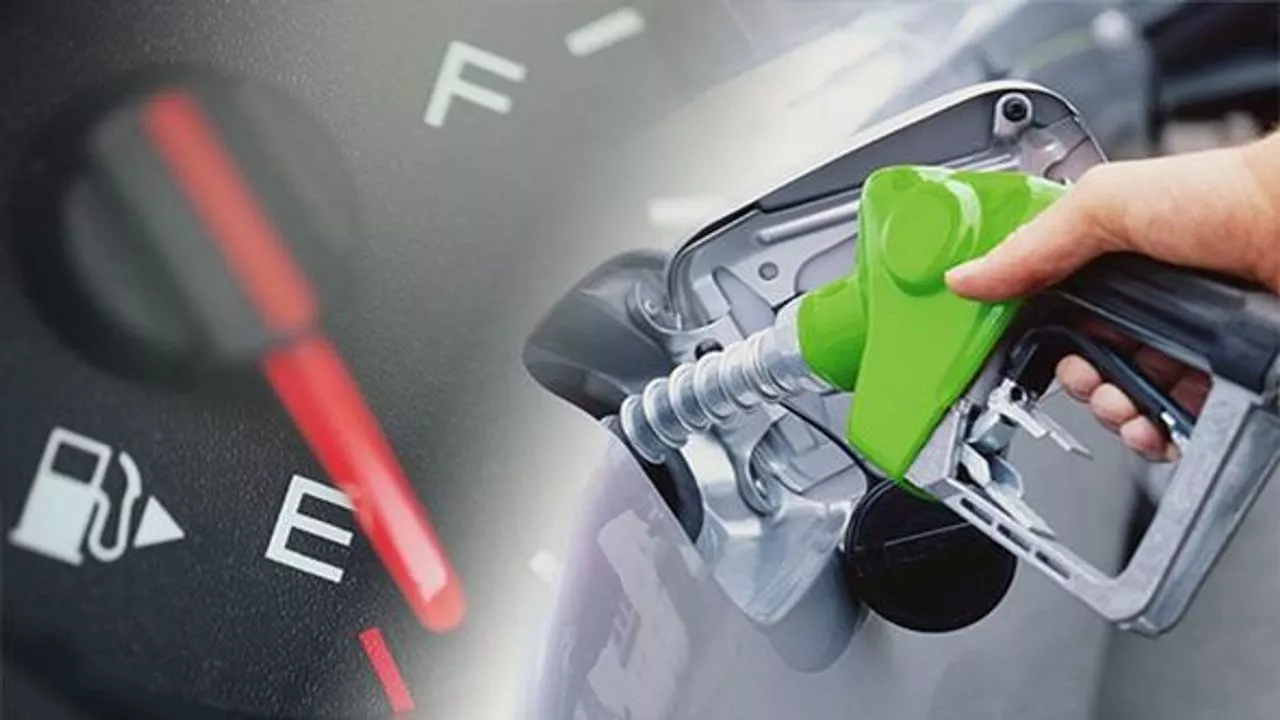Racing Fuel Essentials: Types, Tuning & Performance Tips
When you step onto the track, the fuel you pour into the engine can be the difference between a win and a stall. Want to squeeze every ounce of power out of your car? Let’s break down the most common racing fuels, how they affect your setup, and what you need to do to stay safe.
What’s the Right Fuel for Your Car?
Most amateur racers stick with high‑octane gasoline – usually 100 R+ or 110 R+. The higher octane rating means the fuel resists knocking, so you can run higher compression ratios and more aggressive timing without the engine pinging. If you’re running a lightweight road‑racer or a modified street car, 100 R+ is often enough.
For higher‑performance machines, many teams turn to race‑specific blends like E85 (85% ethanol, 15% gasoline) or methanol. E85 burns cooler and can support higher boost levels, making it a favorite for turbocharged builds. Methanol, on the other hand, provides a massive power boost for drag cars and some open‑wheel racers, but it needs a richer mixture and more frequent refueling.
Then there’s nitromethane, the holy grail of drag racing. It releases a huge amount of energy per combustion event, but it’s also wildly volatile and expensive. Nitromethane is only practical for professional drag teams that have the infrastructure to handle it safely.
How to Tune Your Engine for the Fuel
Choosing a fuel isn’t the end of the story – you must match it with the right tune. Start by adjusting the fuel map in your ECU. A good rule of thumb: increase the injector pulse width by about 5‑10% for every 10 octane points you gain. For E85, add roughly 30% more fuel because ethanol is less energy‑dense than gasoline.
Don’t forget ignition timing. Higher octane allows you to advance the timing a few degrees, which can add noticeable horsepower. However, every engine is different, so use a launch monitor or dyno to fine‑tune the timing while watching for knock.
Cooler fuel temperatures also help performance. Many racers install fuel coolers or use ice‑filled fuel cells to keep the fuel dense and prevent vapor lock. Just make sure the cooling system doesn’t cause condensation – water in the fuel can damage the engine.
Safety and Storage Tips
Racing fuels are flammable, so store them in approved containers away from heat sources. Label each container clearly and keep a fire extinguisher on hand. When handling nitromethane or methanol, wear gloves and eye protection – those chemicals can burn skin and eyes faster than gasoline.
Fuel lines should be rated for the specific fuel you use. Ethanol blends can degrade standard rubber hoses, so upgrade to fluorocarbon or compatible silicone lines. Regularly inspect the entire fuel system for leaks before every session.
Finally, plan for proper disposal. Used gasoline and ethanol can be taken to a certified recycling center, while methanol and nitromethane often require special hazardous waste handling.
With the right fuel, a solid tune, and safe practices, you’ll feel the difference the moment you hit the throttle. Experiment, log your data, and keep tweaking – racing is all about extracting every last drop of performance from the fuel you choose.



